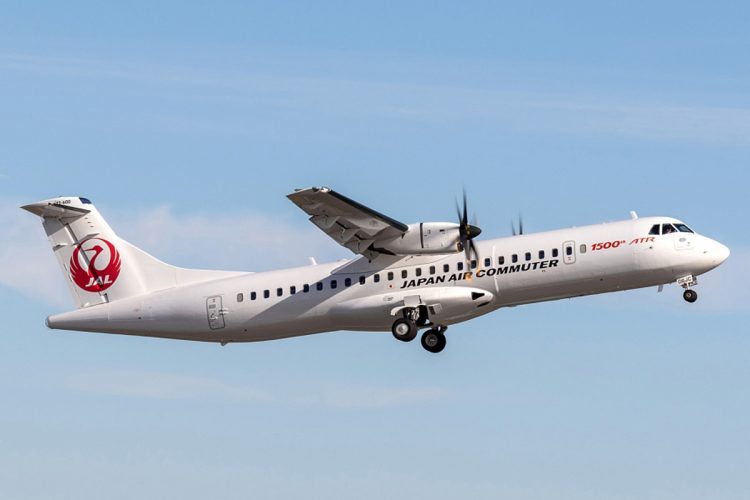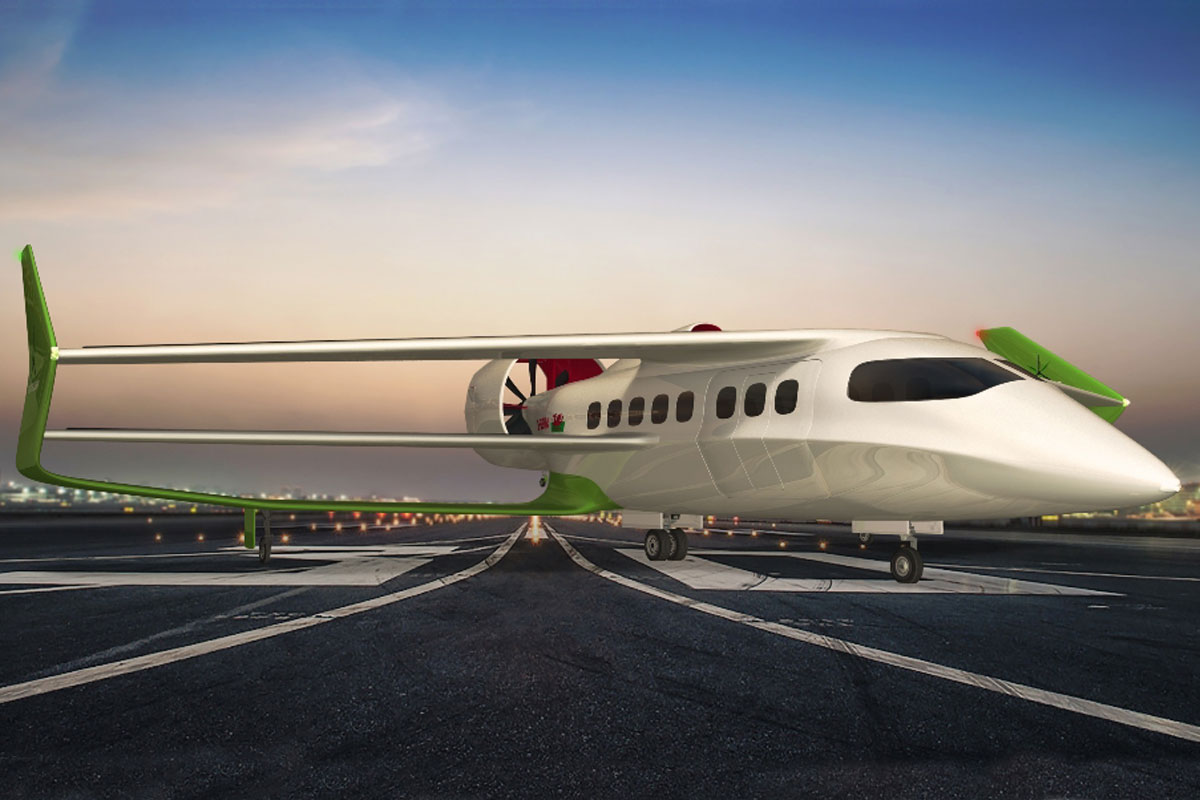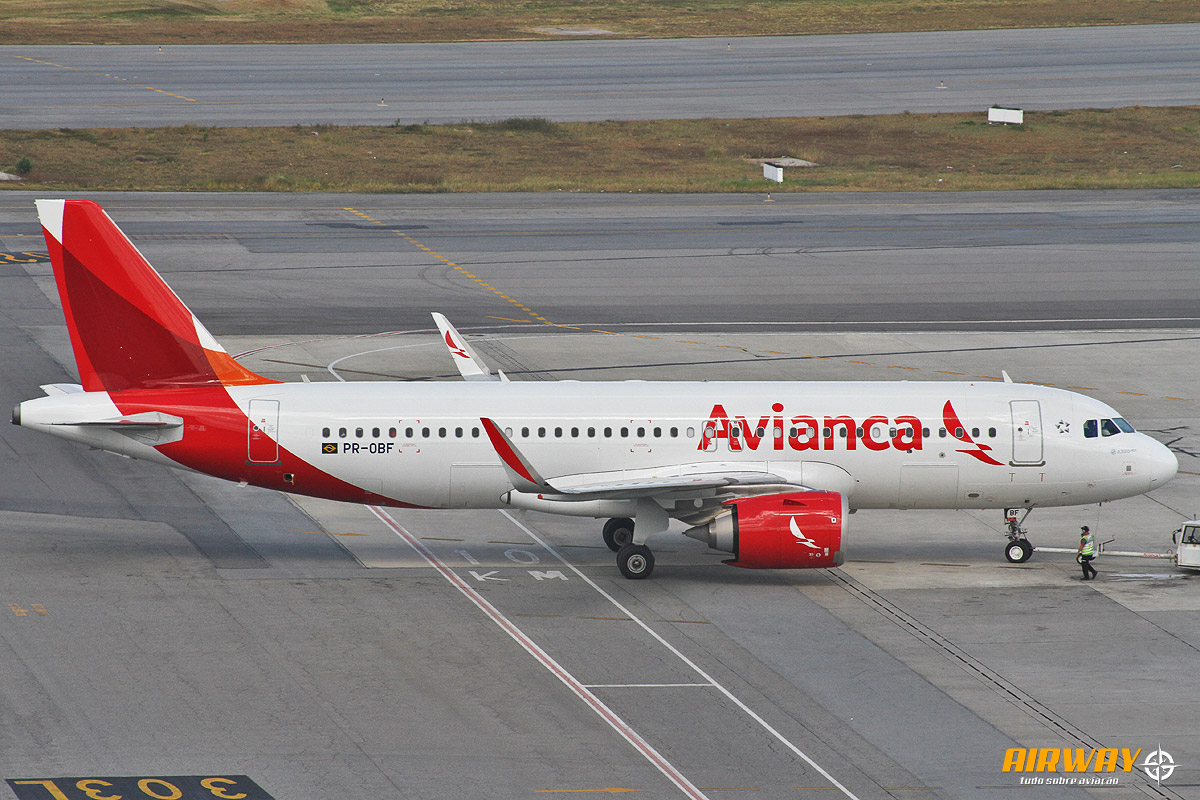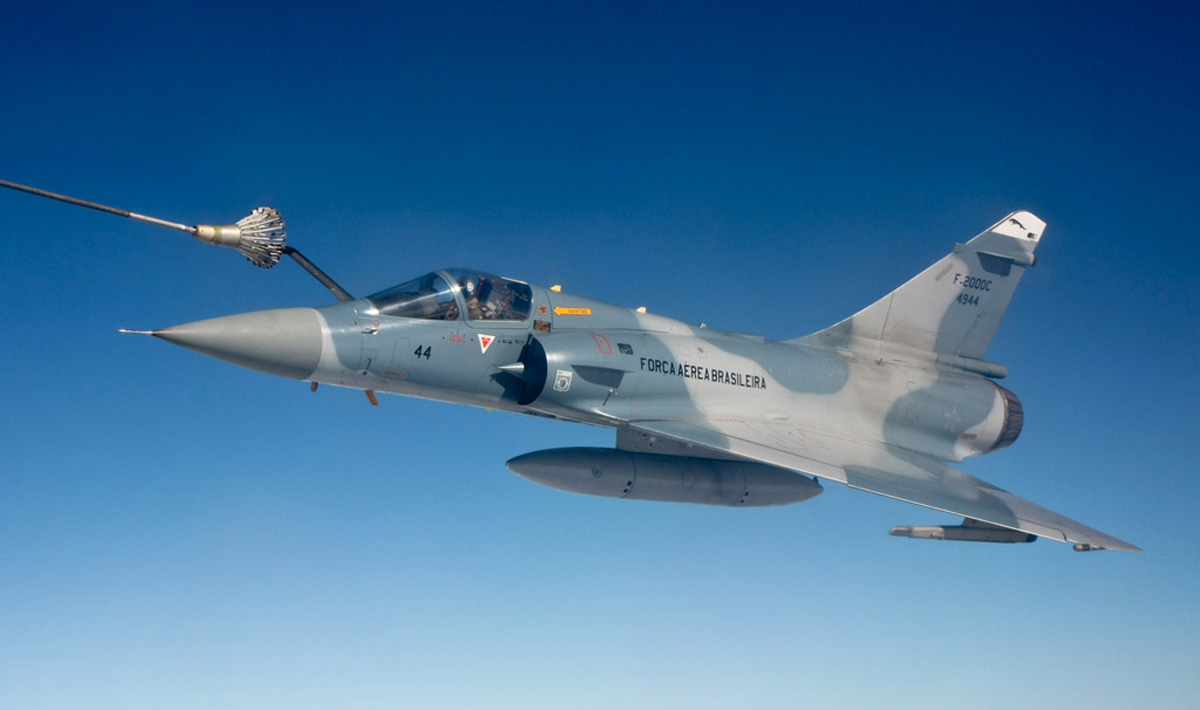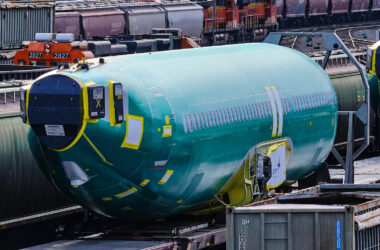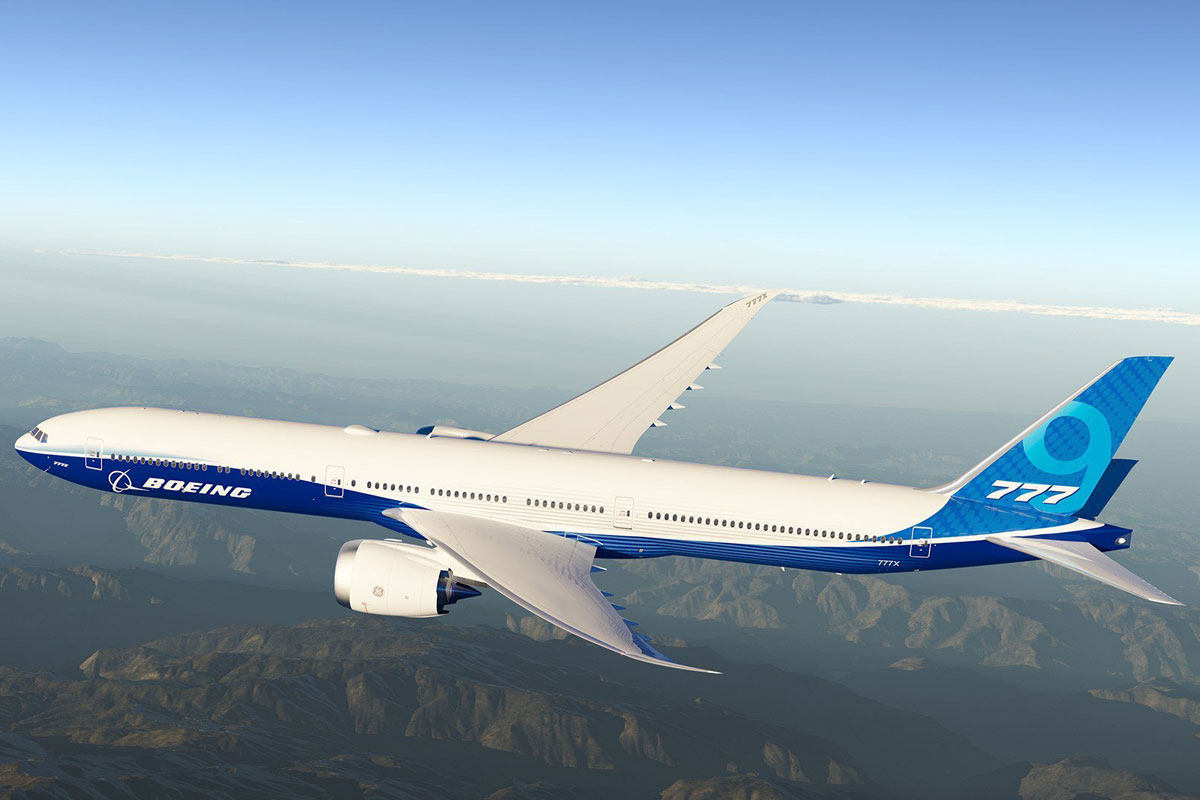Embraer will not launch a turboprop at the Paris Air Show nor is it close to a decision on the new aircraft, said John Slattery, president and CEO of Embraer’s commercial division at the company’s headquarters in Brazil on Monday.
Slattery denied that the manufacturer decided to take part in the regional turboprop segment again, now dominated by the ATR and Q400 models.
“We continue to study the market, but we are not even close to launching a new program,” Slattery said. Among the reasons are the demand for the segment of about 2,500 aircraft in the next 20 years, but also the possibility of new technologies still in the initial stage completely change the aviation market within a few years.
Among the most promising is hybrid propulsion. Currently, there are several aircraft designs that use economical and well-performing electric engines, but for now in small models.
Howeber to be competitive in larger aircraft capable of carrying 60 to 90 passengers, as Embraer has studied, it will be necessary for the batteries to evolve in weight (lower) and durability (higher). Slattery, however, believes that it is worth considering the technology before making a decision on the hypothetical aircraft.
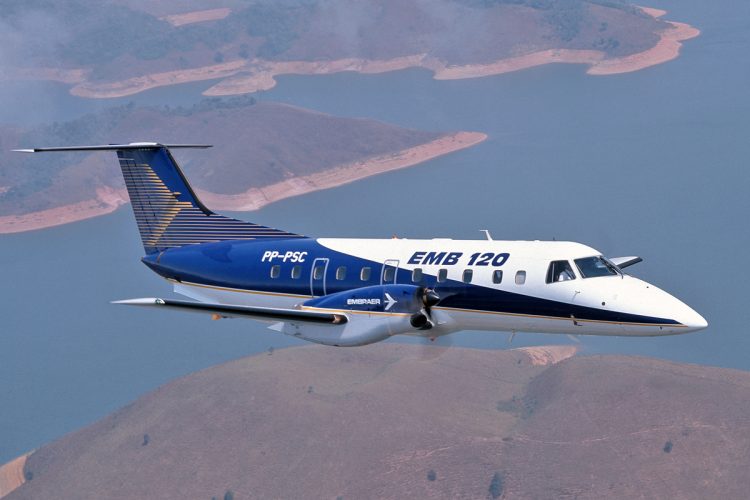
Back to origins
If Embraer one day launch a new turboprop will be a return to its origins. The Brazilian company became known for offering the Bandeirante, an aircraft propelled by two PT-6 turbo-propellers and originally created for the Brazilian Air Force as an alternative to economic air transport at a time when commuter aviation was in decline with the aging of the piston aircraft.
In the 1980s, the EMB-120 Brasilia was its first aircraft developed specifically for the regional market. With 30 seats, the Brazilian turboprop was fast and versatile, but faced a fierce competition and ended up having only 354 units produced.
Shortly before production was finished, Brasilia had already given way to the ERJ-145, Embraer’s first regional jet, which was the starting point for the company’s new E-Jet families.
